LED underwater lights, also called LED submersible lights, belong to the category of underwater lighting, which refers to lights that are installed under the water. They boast a small, exquisite appearance that is pleasing to the eye. In addition to having an added mounting baseplate fixed by screws, their appearance is quite similar to that of some ground-buried lights. Let's delve into the uses and product features of the excellent LED underwater lights:Usage of LED Underwater Lights
1. LED underwater lights function as underwater illumination using a mix of red, green, and blue colors as light sources. They are an excellent choice for fountains, theme parks, exhibitions, commercial areas, and artistic lighting. To enhance heat dissipation for the LED underwater lights, it is recommended to place the lights below the water surface.
2. To achieve effective waterproofing, the protective effect of LED underwater lights should be rated above IP67, and the lights can be placed up to 5 meters below the water surface. The light projection angle is 25°, and its synchronization effect can be controlled through a controller, which can also be linked to a DMX console. Each unit has its own address, with red, green, and blue lights each composed of three DMX channels. There are two methods of controlling LED underwater lights: external control and internal control. The internal control doesn't require an external controller and has several built-in change modes (up to six), while external control can achieve color changes with an external controller. Most LED underwater lights in the market are externally controlled.
3. The LED underwater lights utilize ultra-bright LEDs as the light source, with bulbs that can last up to 100,000 hours. Each LED underwater light is composed of 360 sources of light (120 red, 120 blue, and 120 green). The use of superior light source materials gives the LED underwater lights a longer lifespan and satisfactory lighting effects.
4. The LED underwater lights are connected to the control system by a five-core wire, and the entire system includes a DMX controller, distribution box, light fixture, and an underwater distribution device. The whole set of LED underwater lights are combined into one system.
5. LED underwater lights come with an adjustable fixing clamp that allows for changes in the angle and position of the light beam. The whole design of the LED underwater lights is aesthetically pleasing and effectively resistant to corrosion by bromine and chlorine.
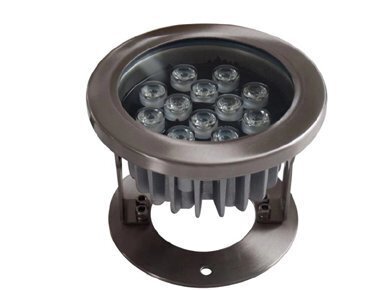
Features of LED Underwater LightsSince LED underwater lights are used underwater, they must withstand a certain amount of pressure. Generally, they are made from stainless steel, 8-10 mm tempered glass, waterproof connectors, silicone rubber sealing rings, and arc-shaped, multi-angle refractive toughened glass, providing waterproof, dustproof, leakage-resistant, and corrosion-resistant properties.
All LED underwater lights use imported 1W high-power LEDs as the light source, which offer significant advantages such as long lifespan, low power consumption, pure colors, and environmental friendliness. When combined with a DMX512 control system, a variety of color change effects can be achieved. LED underwater lights can work underwater for extended periods, with a high protection level of up to IP68 and low voltage DC power supply, ensuring reliable performance. The stainless steel and copper housing are both aesthetically pleasing and appreciable. LED underwater lights typically feature stainless steel panels and aluminum bodies, which are highly resistant to corrosion and impact. Additionally, they boast excellent waterproof design, are simple to maintain, and easy to install. The standard dimensions for LED underwater lights are φ80–160mm in diameter and 90–190mm in height.

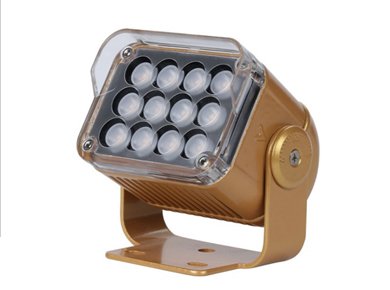 6W LED module spot light beam ...
6W LED module spot light beam ...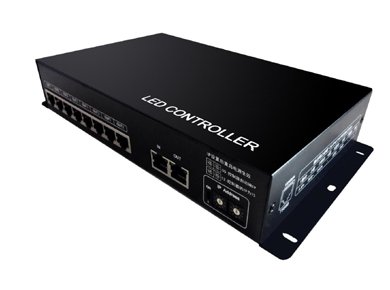 思域EN-402W 说明书 V1.0 (适用A1)
思域EN-402W 说明书 V1.0 (适用A1)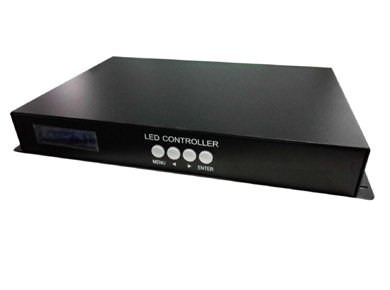 思域EN-508W 说明书 V1.0 (适用于A1)——PC ...
思域EN-508W 说明书 V1.0 (适用于A1)——PC ...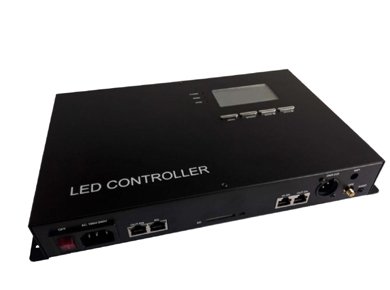 思域SN-500 说明书 V2.2 (适用B2, C2, C ...
思域SN-500 说明书 V2.2 (适用B2, C2, C ...